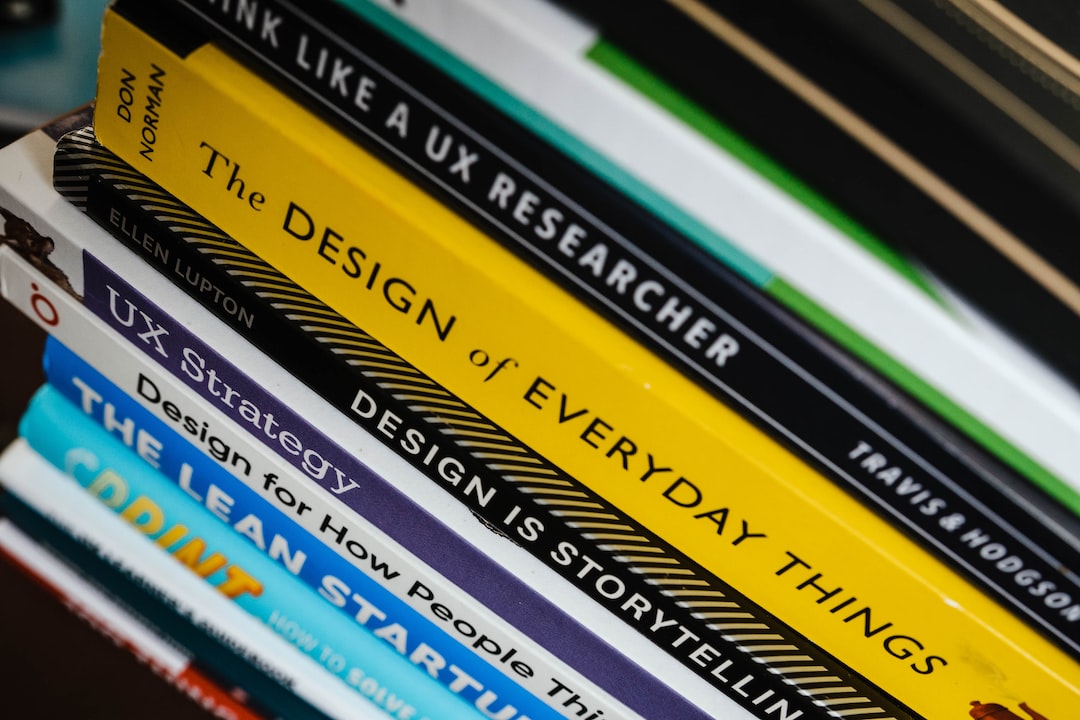The Impact of Visual Hierarchy in Design
In the world of design, visual hierarchy plays a crucial role in creating an effective and engaging composition. It is the arrangement of elements in a design that determines the order in which they are perceived and understood by the viewer. By strategically positioning elements and giving them varying levels of importance, designers can guide the viewer’s eyes and direct their attention to specific areas of the composition. This concept of visual hierarchy has a significant impact in evoking emotions, communicating messages, and enhancing the overall user experience.
At its core, visual hierarchy seeks to grab the viewer’s attention and convey information in a clear and concise manner. This is achieved through the use of various design principles such as size, color, contrast, spacing, and typography. By understanding how these elements work together, designers can create a visual hierarchy that directs the viewer’s gaze and promotes effective communication.
One of the key aspects of visual hierarchy is the concept of size. Larger elements tend to grab attention more easily, while smaller elements are often perceived as less important. By playing with the size of different elements, designers can guide the viewer’s eyes towards the most important information or focal points within the design. For example, in a web page layout, a larger headline will stand out and immediately convey the main message, while smaller subheadings or body text provide additional information.
Color is another powerful tool in establishing visual hierarchy. Bright and contrasting colors naturally attract attention, and can be used to highlight important elements within a design. By carefully selecting and pairing colors, designers can create a visual flow that leads the viewer’s eyes from one element to another. This not only enhances the aesthetic appeal of the design but also helps in emphasizing key information.
Contrast is another crucial element in visual hierarchy. By contrasting elements against each other, designers can create a sense of depth and visual interest. This can be achieved through the use of contrasting colors, textures, shapes, or sizes. By utilizing contrast effectively, designers can make certain elements stand out and create a clear distinction between important and less important information.
Spacing is often underestimated, but it plays a vital role in visual hierarchy. By strategically spacing elements, designers can create a sense of organization and help guide the viewer’s eyes through the design. Proper spacing helps to prevent clutter and confusion, allowing the viewer to easily navigate through the composition and absorb the intended message. A well-spaced design promotes a sense of balance and harmony, enhancing the overall user experience.
Typography also contributes to visual hierarchy. Different fonts and font sizes can help emphasize certain elements and guide the viewer’s eyes towards important information. Bold or italicized text can be used to highlight key points, while different font sizes can indicate the importance or hierarchy of the text. Using appropriate typography ensures that the message is easily readable and comprehensible.
The impact of visual hierarchy in design goes beyond aesthetics. It has the power to evoke emotions, convey messages, and enhance user experiences. By strategically arranging elements and employing design principles such as size, color, contrast, spacing, and typography, designers can create compositions that effectively communicate with their intended audience.
In conclusion, visual hierarchy plays a crucial role in the world of design. Through the use of size, color, contrast, spacing, and typography, designers can guide the viewer’s attention and create compositions that are visually appealing and communicative. Understanding and implementing visual hierarchy principles can greatly enhance the effectiveness of a design, ensuring that the intended message is conveyed clearly and engagingly.
